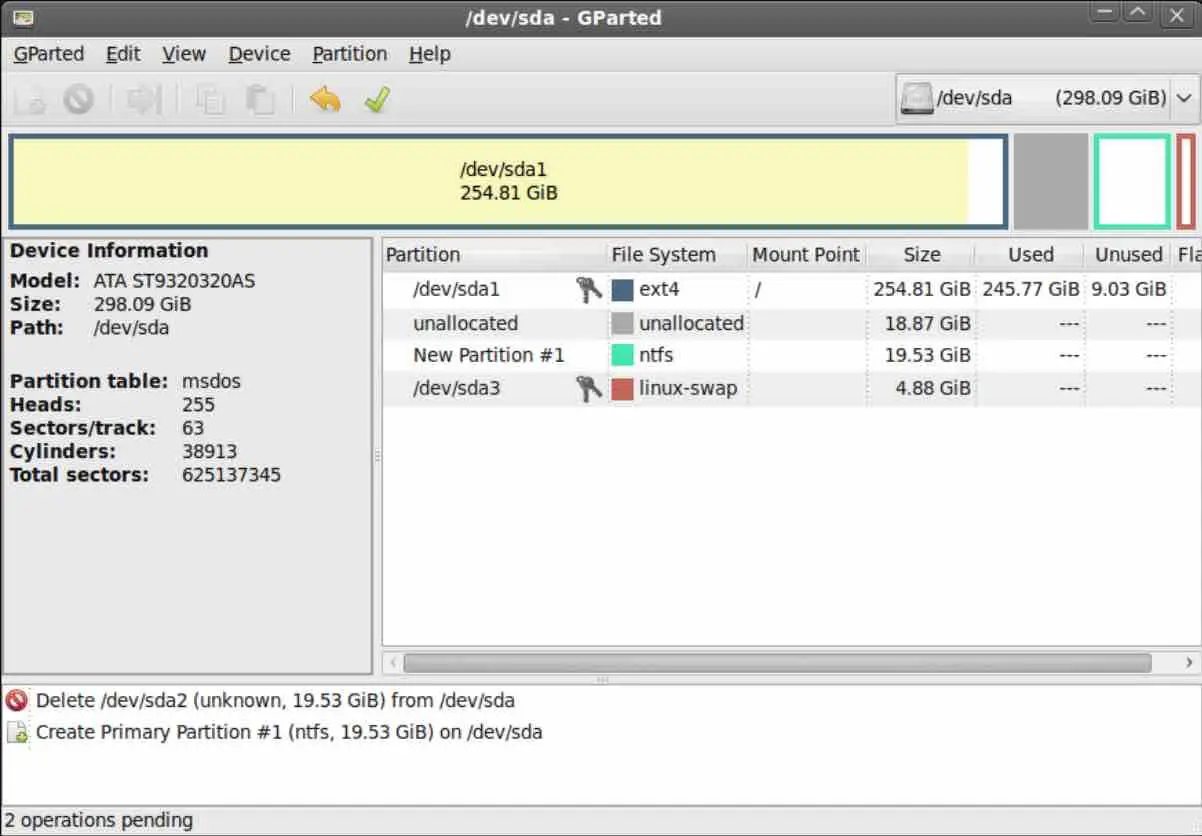Harnessing the potential of 5G with Kubernetes
5G is the fifth generation of wireless technology which is transforming the way we connect and communicate. With data transfer speeds up to 100 times faster than 4G, 5G technology enables faster download and upload times, lower latency and a higher number of connected devices. Additionally, 5G networks will support a wider range of frequencies, including high and low bands, which will ensure wider coverage and greater reliability. 5G represents a major step forward in the evolution of mobile communication, and it has the potential to change the way we live, work and play.
New use cases will also bring new business opportunities for Communication Service Providers. A successful 5G network needs to support new and more challenging requirements in terms of super high throughput, near real time latency, availability and reliability – all while ensuring price efficiency, TCO and ROI remain at reasonable levels during the network transformation. Kubernetes is a clear technology fit for this challenge.
Key features of Canonical Kubernetes’ 5G enablement
Canonical Kubernetes describes a set of functionalities to improve 5G networks performance for a variety of use-cases.
- Real-time Kernel with Ubuntu
A real-time kernel is designed and optimised to operate with very low latency and a deterministic response to external events, aiming to minimise the response times. Real-time kernels are essential for many 5G use cases on robotics, IoT and telecom applications. MicroK8s is a natural choice for these use-cases, and will run seamlessly when deployed on a real-time Ubuntu kernel.
- KubeVirt
Cloud-native Network Functions (CNF) are a more efficient and easier to manage solution than legacy VNFs. Understandably, organisations are aggressively transitioning to CNF, according to surveys. KubeVirt bridges the gap by allowing legacy VNF applications to be incorporated into a Kubernetes-only solution, simplifying orchestration and management and greatly easing the journey to migration.
- GPU acceleration
A must for applications processing large volumes of data, for example in areas like data science or AI/ML, GPU-acceleration increases the processing capabilities by transferring workloads from the CPU to the GPU where they can be more efficiently processed.
Charmed Kubernetes will automatically detect NVIDIA hardware and enable the appropriate support. In the case of MicroK8s a core add-on can be enabled to take care of the GPU configuration. Both are also certified by NVIDIA for their DGX platforms.
- Support for NVIDIA Multi-Instance GPU (MIG)
MIG expands the performance and value of the NVIDIA H100, A100 and A30 Tensor Core GPUs by partitioning the GPU into as many as seven instances, each fully hardware isolated with its own high-bandwidth memory, cache, and compute cores. The partitioned instances are transparent to workloads, which greatly optimises the use of resources and allows for serving workloads with a guaranteed QoS .
- Advanced networking solutions
A flexible and easily configured network for interoperation of containers is vital to achieve the levels of performance required by 5G. Kubernetes has defined the Container Network Interface (CNI) specification for managing network resources in a cluster. Compliant CNI solutions such as Calico, Cilium, Kube-OVN and Multus provide a wide range of possibilities for Telco networks when it comes to configurations.
The OVN (Open Virtual Network) has been widely used in telecom networks to provide virtual network abstraction and enhanced networking capabilities. Kube-OVN is a CNI implementation based on OVN which provides a rich set of networking features for advanced enterprise applications. Canonical Kubernetes with Kube-OVN currently also supports eBPF (via Cilium), SR-IOV and BGP technologies, with DPDK and SmartNIC Offload planned for future release.
Conclusion
5G is the enabler of many innovative new business cases that will change both industry and society. Industrial IoT, automotive applications , smart cities, robotics, remote health care, and the gaming industry will rely on high data transfer, close to real time latency, very high availability and reliability. To meet the challenge of delivering this, Canonical Kubernetes features such as a real-time kernel, GPU acceleration, KubeVirt support and advanced networking functionalities are key.
Further reading
- Charmed Kubernetes GPU acceleration, Using GPU workers
- An introduction to real-time Linux with Ubuntu
- MicroK8s integrated with NVIDIA GPU operator and MIG
- Charmed Kubernetes CNI with Kube-OVN
- Introduction to open source private LTE and 5G networks
- MicroK8s website: https://microk8s.io/
- Charmed Kubernetes website: https://ubuntu.com/kubernetes/charmed-k8s
Visiting MWC 2023? Book a meeting with Canonical to find out more.
Discover more from Ubuntu-Server.com
Subscribe to get the latest posts sent to your email.


